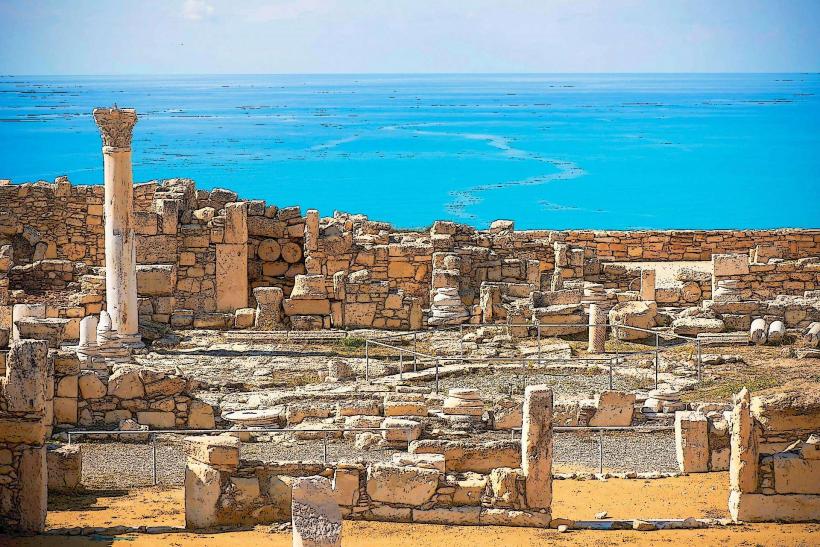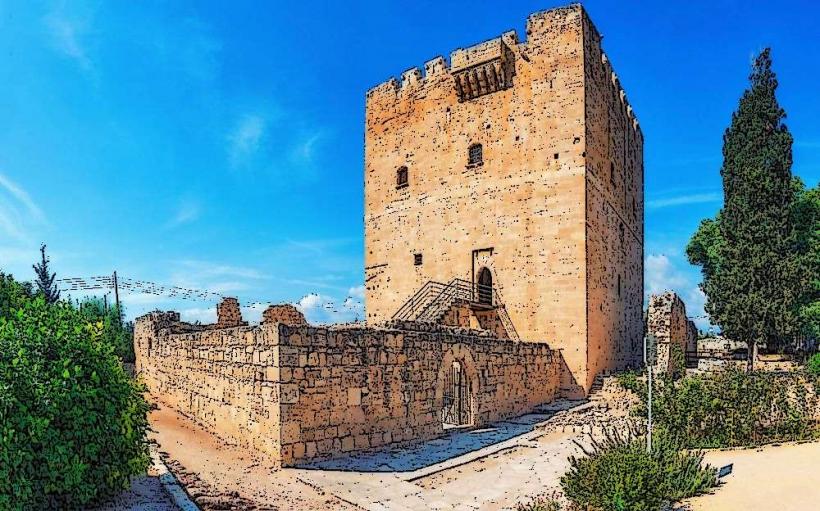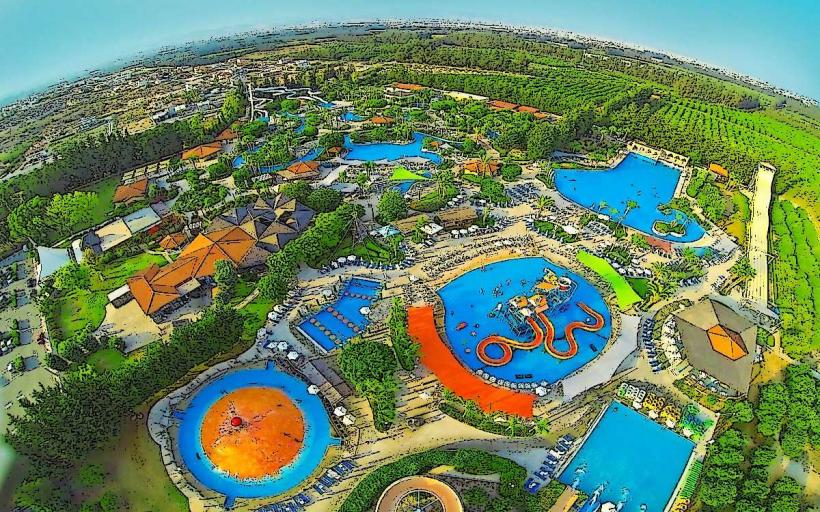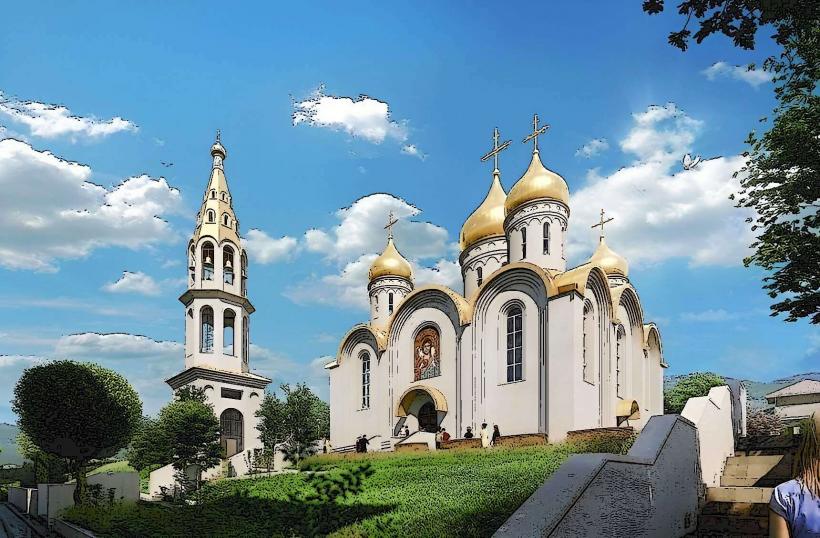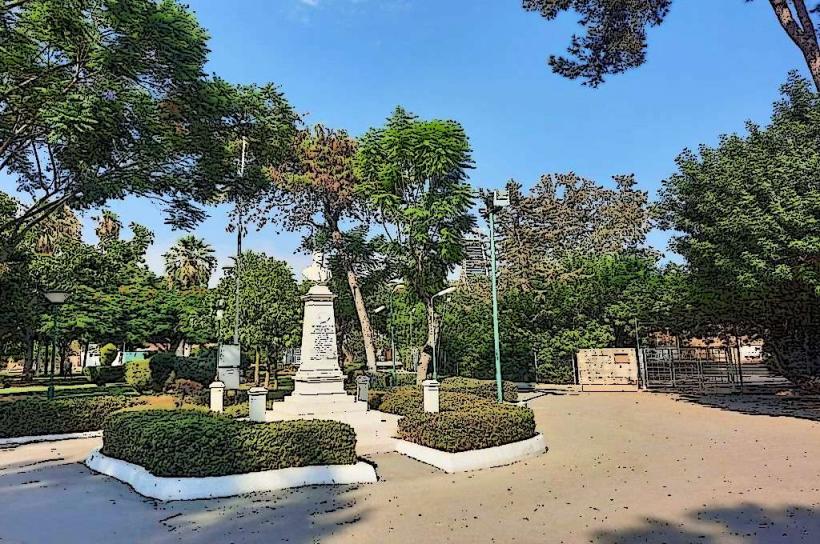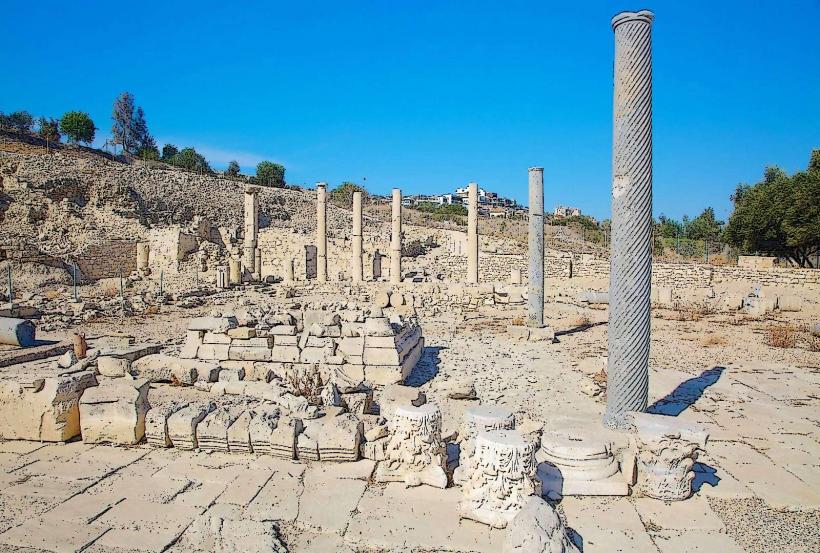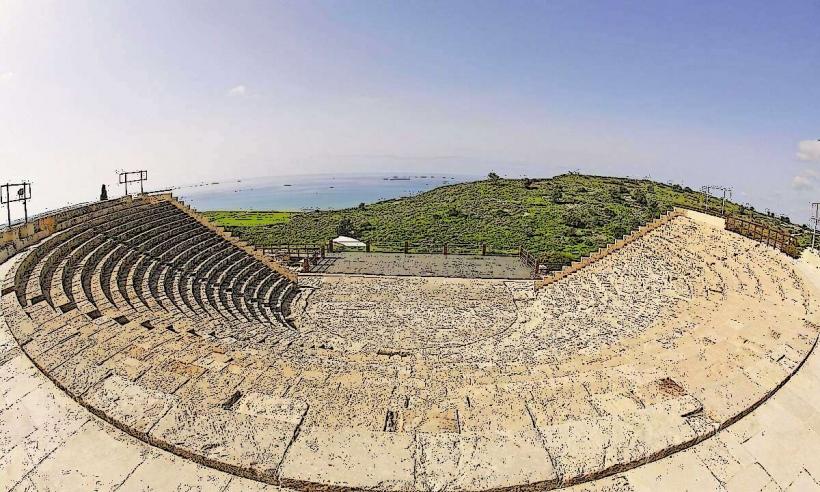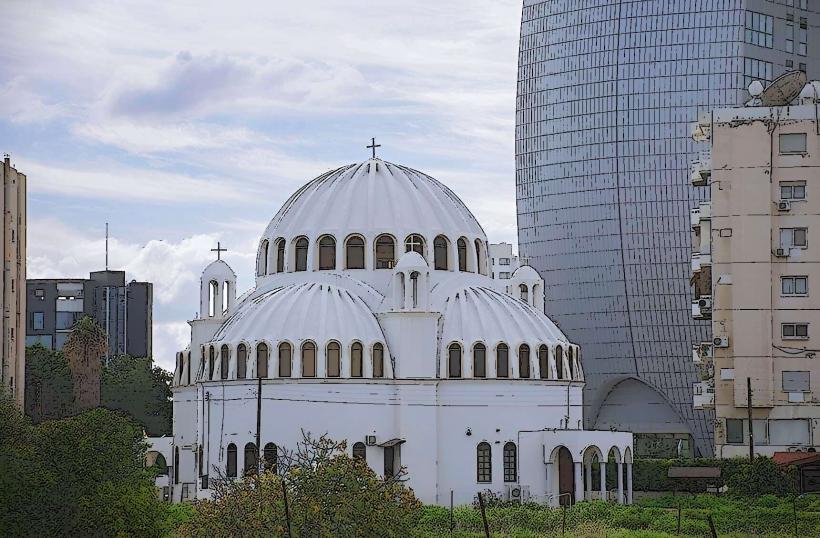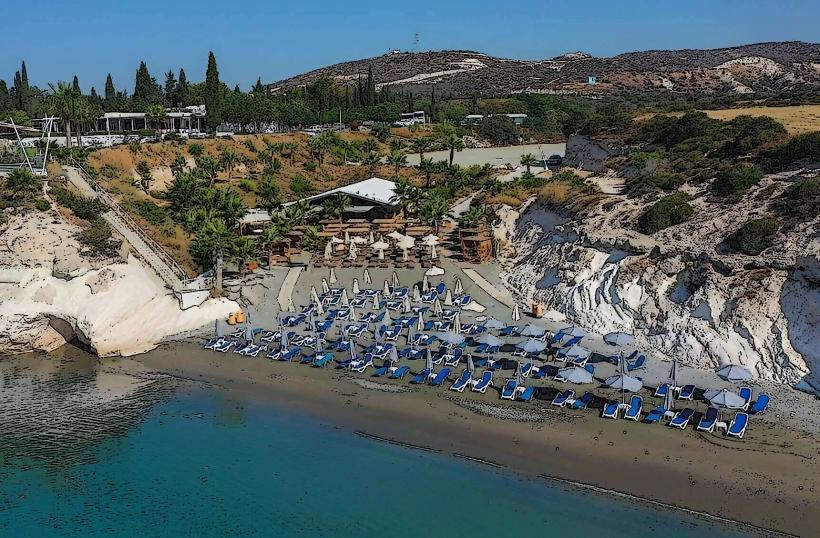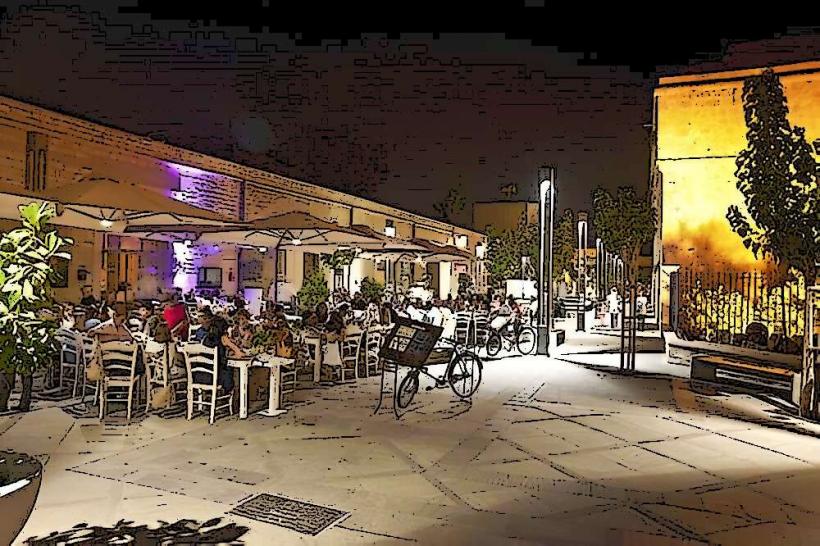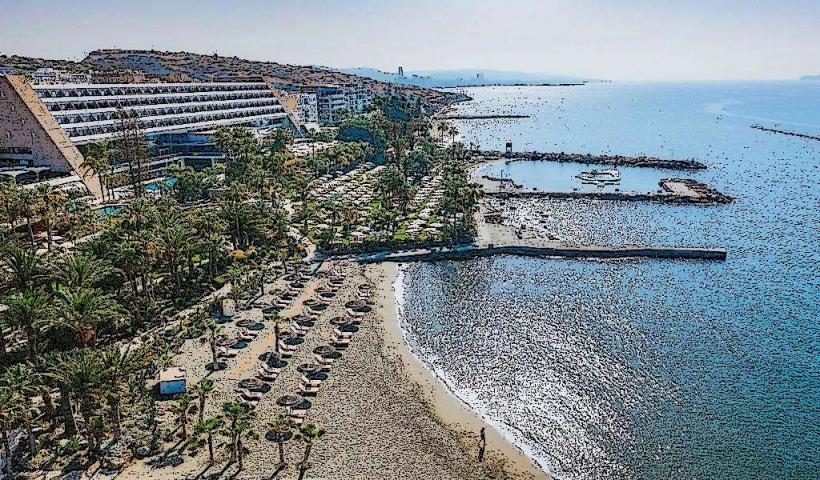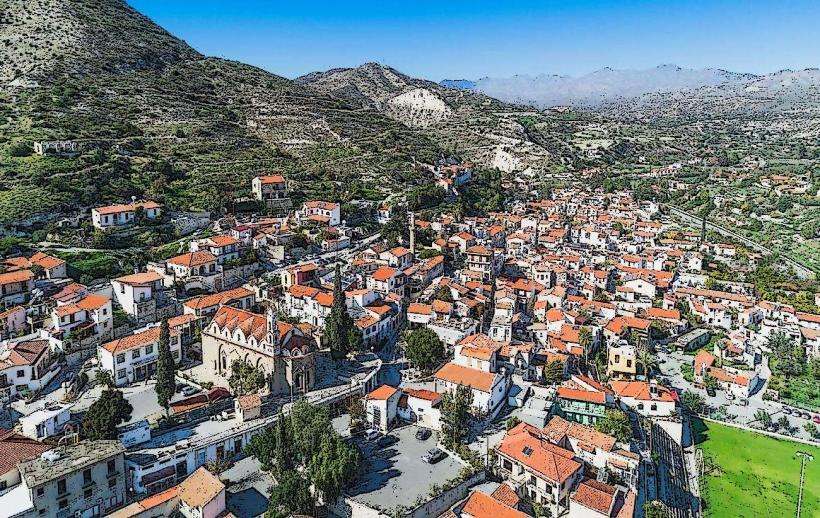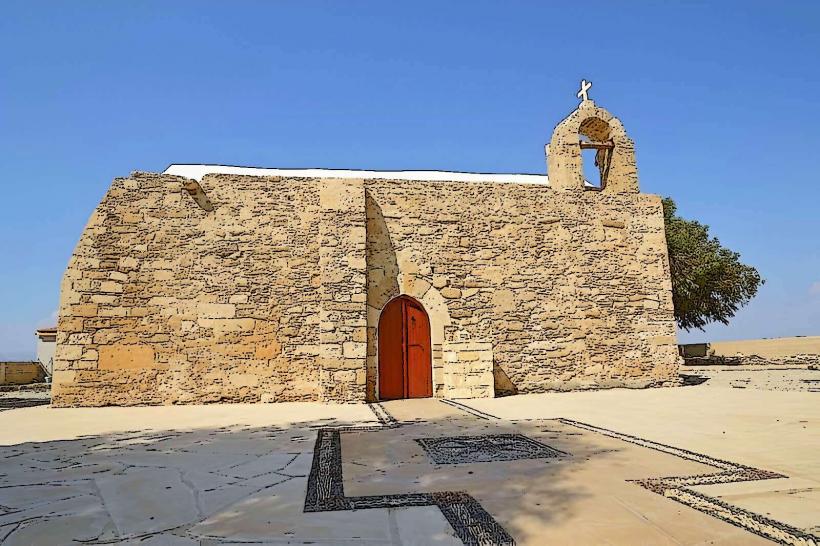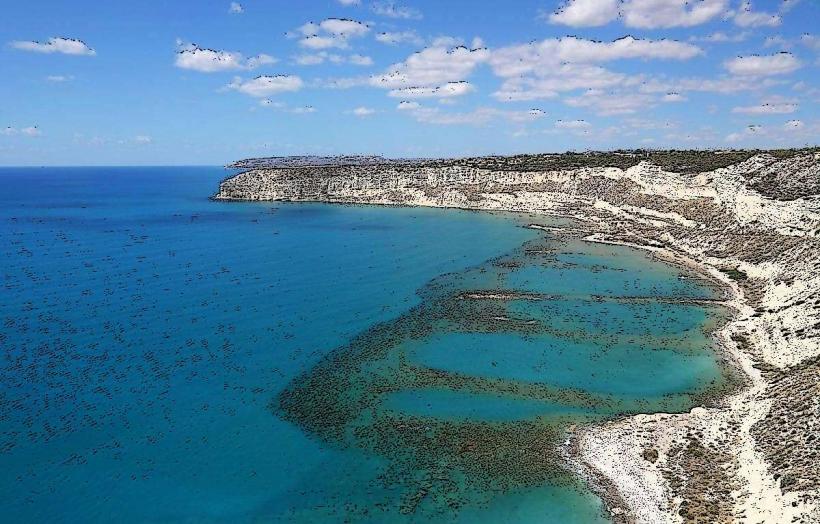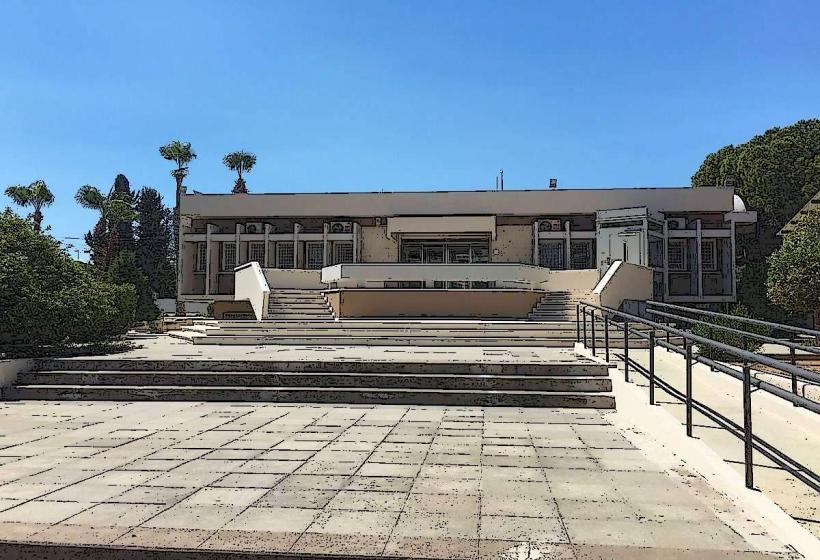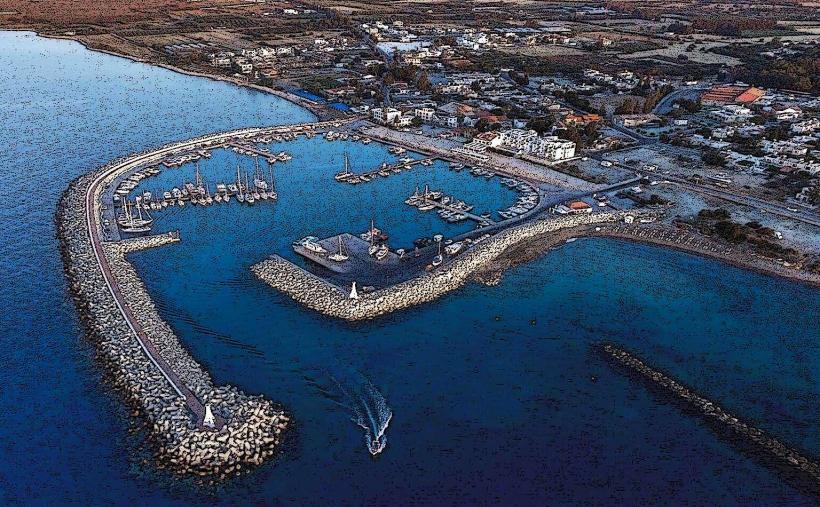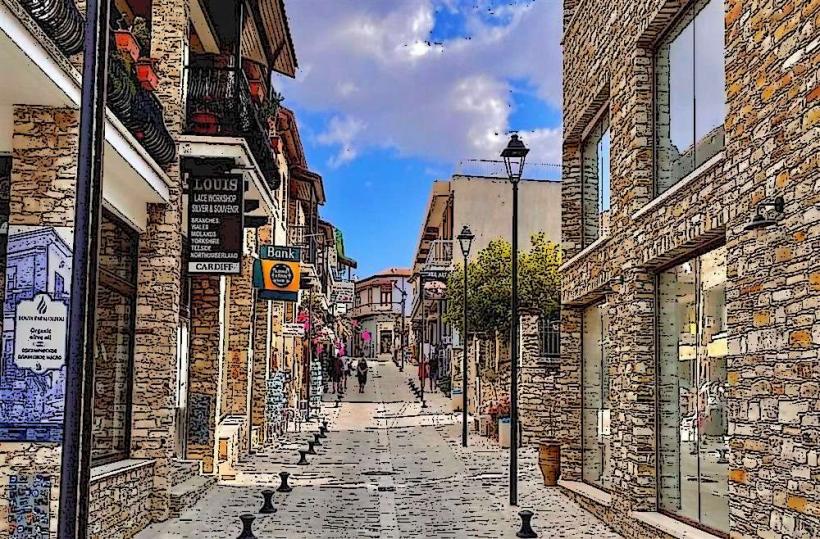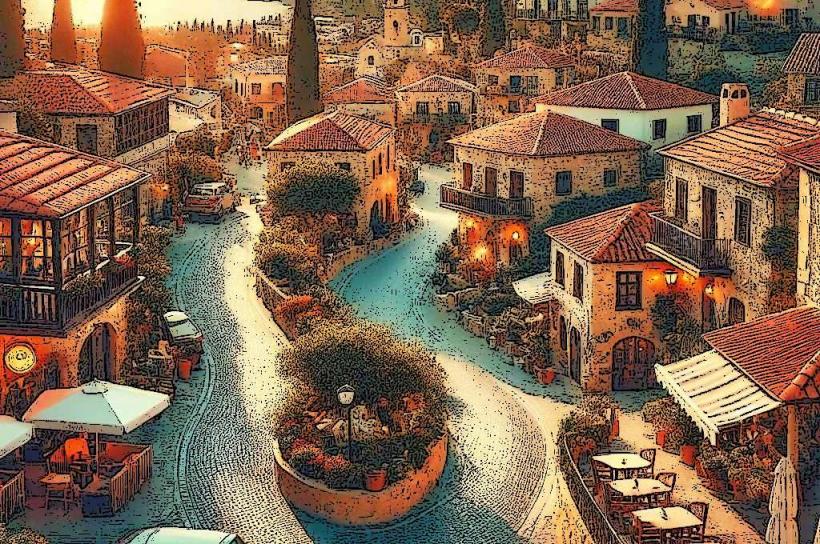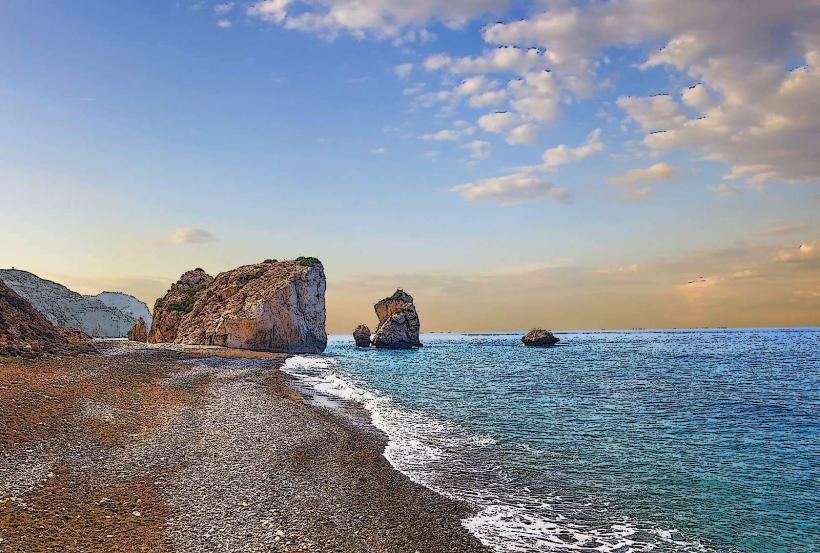Information
Landmark: Medieval Museum of CyprusCity: Limassol
Country: Cyprus
Continent: Europe
The Medieval Museum of Cyprus is a significant cultural institution located in Limassol, Cyprus, housed within the historic Limassol Castle. It is dedicated to showcasing the rich medieval history of the island, covering the period from the Byzantine era to the Ottoman period. The museum offers visitors a glimpse into Cyprus's fascinating medieval past, highlighting its artistic, cultural, and historical heritage.
Historical Background
- Limassol Castle and the Museum’s Location:
- The museum is situated in Limassol Castle, a historic structure that dates back to the 12th century. The castle itself has a fascinating history, having been built during the Byzantine period and later expanded under the Frankish and Ottoman rulers.
- The Medieval Museum was established in 1987, with the aim of preserving and displaying Cyprus's medieval heritage. The decision to place the museum in Limassol Castle added to the historical significance of both the museum and its location, as the castle itself was a key site during the medieval era.
- The museum's collection encompasses artifacts from Cyprus's long history, spanning over several centuries of medieval rule, including the Byzantine, Crusader, Frankish, and Ottoman periods.
Exhibitions and Collections
The Medieval Museum of Cyprus houses a diverse collection of items that reflect the island’s medieval history. Some of the key highlights of the museum’s exhibits include:
Byzantine Artifacts:
- The museum’s collection includes Byzantine icons, manuscripts, and religious objects that illustrate the religious and artistic life of the Byzantine period. These artifacts showcase the rich Christian heritage of Cyprus during the 6th to 12th centuries.
- Visitors can view examples of Byzantine religious art, such as icons of Christ, the Virgin Mary, and various saints, which were central to the religious practices of the time.
Frankish and Crusader Period:
- Cyprus became an important stop for the Crusaders, who passed through the island on their way to the Holy Land. The museum displays items from this period, including Crusader-era armor, swords, and military equipment.
- A significant portion of the collection is dedicated to the Frankish rule of Cyprus, which lasted from the late 12th century to the 15th century. The artifacts from this era reflect the blend of Western European and Byzantine influences that characterized the art and architecture of the time.
- Visitors can see ceramics, coins, manuscripts, and furniture from the Frankish period, offering insight into the daily life of the nobility and the artistic developments of the time.
Ottoman Period:
- The museum also showcases artifacts from the Ottoman period, which lasted from the 16th century until the British colonization of Cyprus in the 19th century. This includes Ottoman ceramics, textiles, and military objects.
- There are also examples of Ottoman architecture and Islamic art, which provide a glimpse into the cultural transformation of Cyprus during Ottoman rule. The shift in culture, religion, and art under Ottoman influence is evident in the objects displayed in this section of the museum.
Medieval Coins and Jewelry:
- One of the museum’s most fascinating collections is its collection of medieval coins and jewelry, which help to illustrate the economic life of Cyprus during the medieval period. The collection includes coins from the Byzantine, Crusader, and Frankish periods, as well as beautiful examples of medieval jewelry that reflect the wealth and craftsmanship of the time.
Armor and Weapons:
- The museum features a variety of medieval armor and weapons, including swords, shields, helmets, and armor used by soldiers and knights. These items provide insight into the military history of Cyprus and the role the island played in the Crusades and other medieval conflicts.
Ceramics and Pottery:
- The collection also includes a range of medieval pottery and ceramics, some of which were produced locally on the island and others imported from neighboring regions. These objects reflect the daily life and trade practices during the medieval period.
Architecture of Limassol Castle
The Limassol Castle, which houses the Medieval Museum, is an important historical monument in its own right:
Byzantine and Crusader Architecture:
- The castle was originally built during the Byzantine period and was later expanded by the Franks after the Crusaders took control of Cyprus. The Crusader additions are particularly noticeable, with the construction of the fortifications and towers designed for defense.
- The castle features typical medieval military architecture, including high stone walls, battlements, and a moat.
Ottoman and British Modifications:
- Over time, the castle underwent further changes, particularly during the Ottoman period, when it served as a prison. The Ottoman rulers made modifications to the structure to suit their needs, which included adding new gates and altering the interior layout.
- When Cyprus became a British colony in the 19th century, the castle continued to serve military purposes until it was repurposed as a museum in the 20th century.
Interior of the Castle:
- Inside the castle, visitors can explore its rooms, courtyards, and dungeons, which give a sense of the building’s function as a fortress and prison. The museum’s exhibits are spread throughout the various rooms, allowing visitors to learn about both the history of the castle and the medieval period of Cyprus.
Visitor Experience
Exhibits and Display:
- The museum is well-organized, with clear labels and informative descriptions in both Greek and English, making it easy for visitors to understand the historical context of the objects on display. The museum also uses interactive displays and multimedia elements to enhance the visitor experience.
Educational Programs:
- The museum offers educational programs for students and groups, including guided tours, workshops, and activities that help bring the medieval history of Cyprus to life.
- The museum's location in Limassol Castle makes it a popular stop for school trips, as it allows students to connect the historical artifacts with the actual site of the castle.
Opening Hours and Admission:
- The Medieval Museum is open to the public year-round, typically with extended hours during the tourist season. It is an affordable attraction with a small entrance fee, and there are discounts for students, senior citizens, and children.
- The museum is part of the larger Limassol Castle complex, so visitors can explore both the castle and the museum during their visit.
Nearby Attractions:
- The Medieval Museum is located in the heart of Limassol Old Town, which is home to many other historical sites and cultural attractions. Visitors can easily combine a trip to the museum with visits to nearby landmarks such as Limassol Marina, Agios Nikolaos Church, and the Old Market.
Conclusion
The Medieval Museum of Cyprus is an essential destination for anyone interested in Cyprus’s medieval history. By showcasing a diverse range of artifacts, it highlights the island’s significant role in the medieval world, from Byzantine religious life to Crusader military presence and Ottoman influence. The museum’s location in the historic Limassol Castle enhances the experience, offering visitors not only a rich collection of artifacts but also an immersive look into the architecture and history of Cyprus’s medieval past. Whether you're a history enthusiast, an art lover, or a tourist seeking to understand the cultural heritage of Cyprus, the Medieval Museum is a must-visit attraction.


